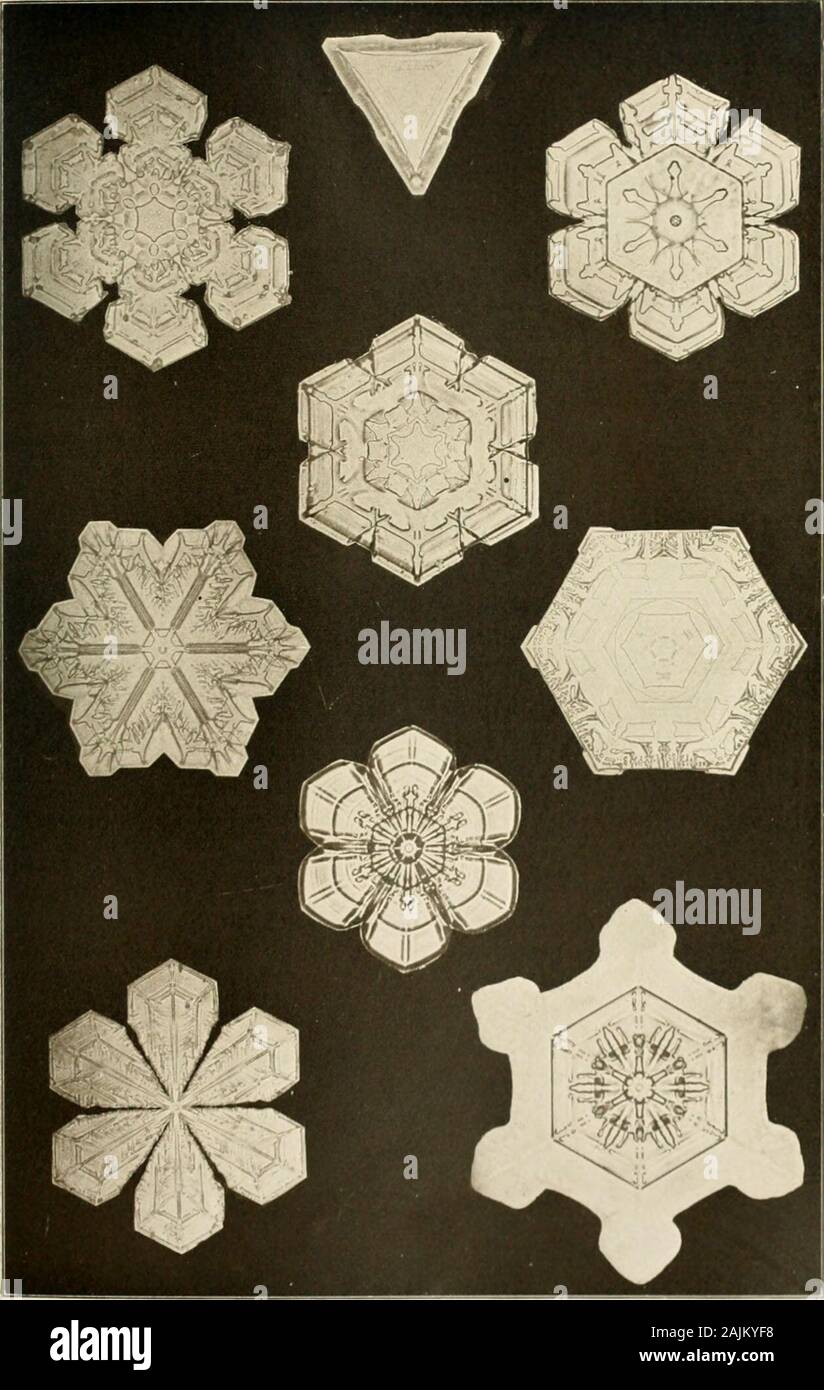

Late fall-divided plants (after fall equinox) are containerized and placed in a white plastic covered quonset structure or under microfoam for overwintering. Plants propagated by division, including Spigelia marilandica, at the UKREC that are to be placed in the landscape or field nursery are divided prior to fall equinox (approximately September 20) to allow time for root development to limit frost heaving damage. Glick (2002) recommends dividing in the spring: the plants are late growing and there is adequate time to spring divide. Some, but not all, divisions will bloom the first year. The root system density requires cutting the plants apart with a sharp knife or pruners to separate the divisions. Field-grown plants in an irrigated nursery environment produce a dense fibrous root system. We have had very good success propagating by division. Barry Glick (2002) states deer don’t browse Spigelia marilandica but our experience trying to collect seed in the wild would indicate that deer or some other creature does eat the flowers and stem down to the foliage in a similar fashion to deer feeding observed on Trillium recurvatum in west Kentucky.īuilding up a group of stock plants that can provide enough seed to produce thousands of plants is possible but such a collection of plants may be better used to propagate Spigelia marilandica by division. It is recommended that seed be sown immediately after collection to ensure high percentage germination (Cullina, 2000 Glick 2002). Seed collection requires daily observation. The capsule will be black on the top and black-green on the bottom just before this happens seed capsules collected at this time will split open ejecting the seed into the bag shortly after removal from the plant. Unfortunately, within one or two days the seed will “explosively dehisce” (Darke, 2002) and be lost to the seed collector. The capsules ripen from July 1 through July 15 in the UKREC Botanic Garden.

The seeds are grouped into small balls of 4-7 seeds that separate readily.

Spigelia mariclandica seed is found in a two-sided capsule. Propagation difficulties have limited availability in the past. A quick search of catalogs and nursery calls indicate the plant is available in limited numbers, but Schmid (2002) states “this dazzling native is still uncommon in gardens and deserves to be more widely grown”. Spigelia marilandica is known to attract hummingbirds (Cullina, 2000 Glick, 2002) adding this characteristic to the beauty of the flowers, the size of the plant, it’s environmental and pest tolerances and longevity in the landscape indicate Spigelia mariclandica is an plant that should be more widely used in landscapes, in particular, Kentucky landscapes. Individual plants in the University of Kentucky Research and Education Center Botanic Garden, Princeton, KY are now seven years old and show signs of indefinite longevity. Rick Darke (2002) says they will re-bloom heavily if cut back after June flowering. The bloom period starts in late May and continues through June, occasionally scattered blooms will occur in the fall. West Kentucky plants grow 18-24 inches (46-61 cm) tall in sun or shade landscape environments. The glossy ovate, opposite, sessile leaves add to the attractive appearance of the plant. An average of 13 (8-17 on 68 stems on a five year old division) of the 2 inch (5 cm) upright flowers are found on a one-sided cyme. The red tubular flowers with five folded lobes showing the yellow interior color are stunning “stop people dead in their tracks” (Armitage 1997). Over it’s range, Florida into east Texas, southeast Oklahoma, southwest Indiana, northwest Georgia, and east South Carolina it is common (Duncan and Duncan, 1999). Infrequent in southern Kentucky (Wharton and Barbour, 1971) it is found as a roadside plant on a variety of soil types. Spigelia mariclandica, Indian Pink, is native to west Kentucky. This publication was revised January 24, 2006 It was published in the IPPS Combined Proceedings 53:510-512. This publication was originally prepared as the review paper Spigelia marilandica propagation: A Review for the 2003 Eastern Region International Plant Propagator's Society meeting. Dunwell, UKREC Nursery Crops Development Centerĭepartment of Horticulture, University of Kentucky, Research and Education Center, P.O. Spigelia marilandica propagation: A Review


 0 kommentar(er)
0 kommentar(er)
